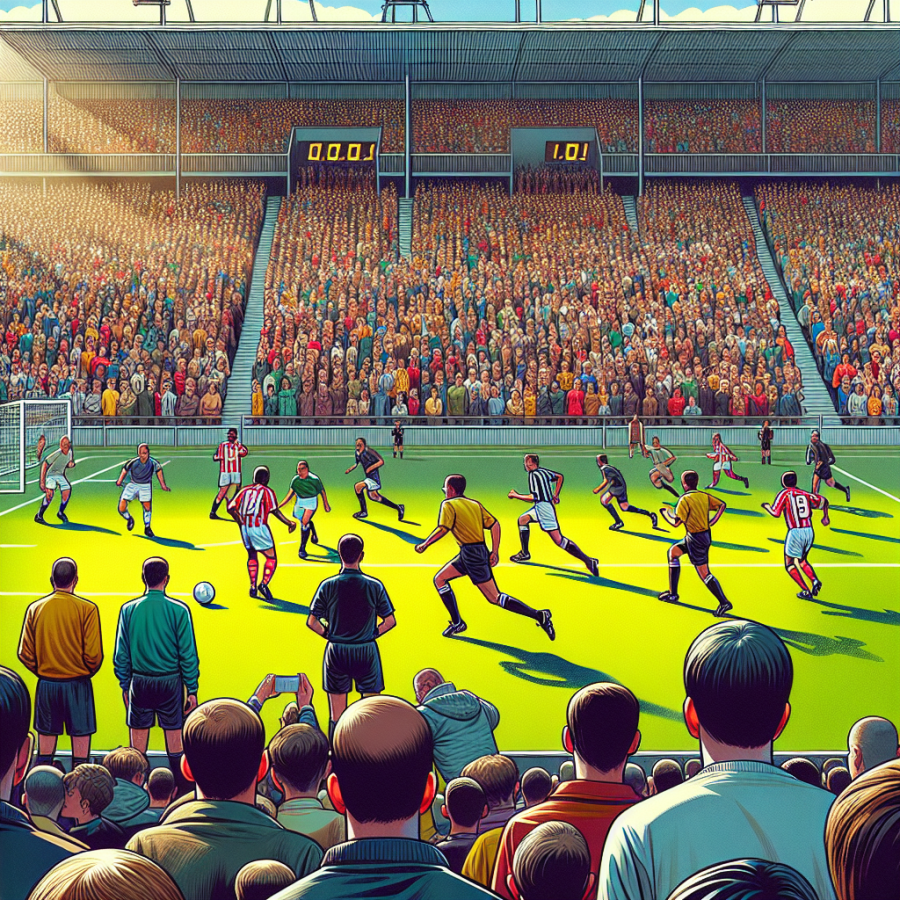Techniques for Managing and Maximizing Playtime on the Field
The duration of a soccer match is typically 90 minutes, split into two halves of 45 minutes each, not including stoppage time and potential extra time or penalties. To navigate through this and ensure players are getting the most out of their time on the pitch, several techniques can be employed by both coaches and players.
**Time Management within Substitutions:**
One of the most direct ways to manage and maximize playtime is through strategic substitutions. Coaches need to be aware of the physical condition and performance levels of their players to make effective changes. This not only helps in managing the energy levels on the field but also allows for fresh legs to play against potentially more tired opponents. Substitutions can also be used tactically to alter the flow of the game—bringing on a more defensive player to protect a lead, or an offensive player to increase scoring chances.
**High-Intensity Interval Training (HIIT):**
To ensure players can perform effectively throughout the entire duration of a soccer match, HIIT can be incorporated into training sessions. This type of training involves short bursts of intense activity followed by brief recovery periods. It is designed to improve endurance and simulate the stop-start nature of soccer, which can help players maintain a high level of intensity during their time on the field.
**Effective Communication and Leadership:**
On-field communication helps in organizing the team and ensuring that players are positioned correctly, minimizing unnecessary running. A player who communicates effectively can manage their playtime by reducing wasted energy. Leadership plays a pivotal role here; captains and experienced players can guide the team, preserve structure, and encourage efficient use of energy and space.
**Nutrition and Hydration:**
Proper nutrition and hydration significantly affect a player's stamina and performance. Players need to be well-fueled and hydrated to ensure they can play at an optimal level for the entire match. Consuming carbohydrates before the game provides energy, whereas post-match nutrition helps with recovery. Hydration should occur before, during (as permitted), and after the game to avoid cramps and fatigue.
**Tactical Pacing:**
Players should be aware of the game's tempo and be able to adapt their pacing accordingly. During periods when the game slows down, they can conserve energy, while during periods when the game requires high energy, they can push harder. The understanding of pacing allows players to apply their maximum effort when it truly matters, such as during critical defensive stands or goal-scoring opportunities.
Read also:
Dive into the Mayhem: A Closer Look at 43-Man Squamish
Understanding the Basic Time Structure of a Soccer Game
In the world of soccer, the basic time structure is crucial for both players and enthusiasts to understand. A standard soccer game is split into two halves, each lasting 45 minutes, with a halftime break in between. The halftime interval is typically 15 minutes, though this can vary in different leagues and competitions.
Soccer's time structure is enforced by the match referee, who also tracks any stoppage time that needs to be added to the end of each half. Stoppage time, often referred to as injury time, accounts for delays due to injuries, substitutions, or other interruptions. The duration of stoppage time is at the referee's discretion and is signaled at the end of the 45-minute periods.
Beyond the regular playing time, soccer competitions may have additional rules to resolve ties. One common method is extra time, comprising two 15-minute halves without a break. If the tie persists after extra time, a penalty shootout may ensue to determine the winner.
The time structure also varies across different age groups and amateur leagues, where the halves may be shorter. However, the overall understanding of the game's flow—a continuous, clock-ticking sport not bound by frequent stops like in American football or basketball—is one of the reasons soccer is hailed for its dynamic and fluid nature.
As you navigate through a soccer match, whether as a player or a spectator, understanding the basic time structure will enhance your experience and appreciation of the game's nuances. It keeps the sport on a consistent, global timescale, regardless of where the game is played.




